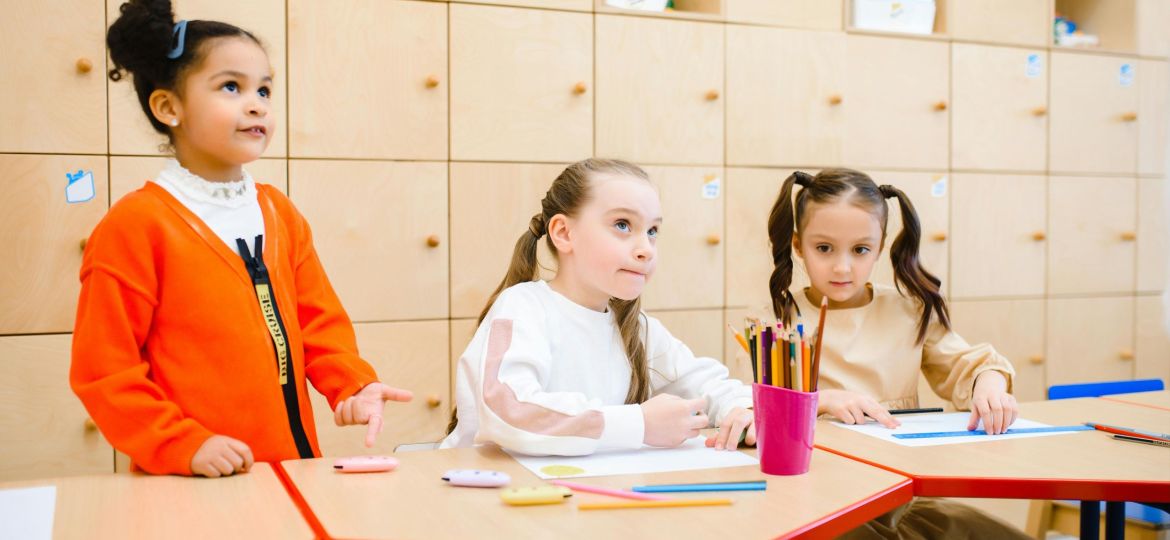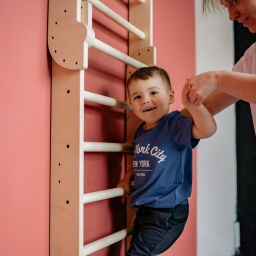
FH Summary: Keystone habits are pivotal behaviors that can significantly influence various aspects of a child’s development, leading to positive outcomes such as better academic performance and improved mental health. By integrating these habits through strategies like habit stacking, parents can create a supportive environment that fosters consistent, beneficial routines. The article emphasizes the importance of consistency, enjoyment, and positive reinforcement in successfully establishing keystone habits in children’s lives.
As parents, we constantly strive to provide the best for our children, aiming to lay a strong foundation that will support their growth and success throughout their lives. One powerful way to achieve this is by focusing on keystone habits, those pivotal behaviors that can influence a multitude of other habits. This article will delve into what keystone habits are, why they are essential, and how habit stacking can be utilized to foster optimal habits in children.
Understanding Keystone Habits
Keystone habits are simple, yet profoundly influential behaviors that can set off a chain reaction of positive changes. They serve as the foundation upon which other good habits are built, creating an upward spiral in a child’s development. For instance, regular family dinners can lead to improved communication, better academic performance, and healthier eating habits. These are all general benefits that will likely occur as an outgrowth of family dinners. But another example of a keystone habit would be if the family dinners started a habit stacked chain of positive behaviors such as the dinner is the cue that leads to a family walk after dinner and then after the walk, each family member reads for twenty minutes and then they make a to-do list for the next day. The keystone habit is the one that ignites a chain of other positive habits making all of the following habits stronger and more consistent.
Charles Duhigg, in his book “The Power of Habit,” explains, “Keystone habits say that success doesn’t depend on getting every single thing right, but instead relies on identifying a few key priorities and fashioning them into powerful levers.”
Keystone habits are not just random routines; they are strategic actions that have a disproportionate impact on various areas of life. For example, physical exercise is a keystone habit because it not only improves physical health but also boosts mental well-being, enhances mood, and increases productivity. Similarly, a habit as simple as making your bed every morning can lead to increased productivity and a sense of accomplishment, setting a positive tone for the rest of the day.
Habit Stacking: A Strategy for Success
Habit stacking is an effective technique for integrating keystone habits into your child’s daily routine. This method involves linking a new habit to an existing one, making it easier to remember and implement. For example, if your child already brushes their teeth every morning, you can stack a new habit, such as a five-minute reading session, immediately after. By habit stacking, you leverage the power of established routines to introduce new, beneficial behaviors, thereby making the adoption of new habits smoother and more natural for your child. This technique not only reinforces existing habits but also ensures that new habits are built on a stable foundation.
The process of habit stacking can be broken down into a few simple steps:
§ Identify Current Habits: Start by making a list of habits your child already performs regularly. These could be as simple as brushing teeth, eating breakfast, or packing their school bag.
§ Choose New Habits: Identify the new habits you want to introduce. Ensure these habits are beneficial and aligned with your child’s developmental needs and goals.
§ Stack the Habits: Link the new habit to an existing one. For example, if your child brushes their teeth every morning, you can add a habit of reading a short story right after brushing.
§ Make it Consistent: Ensure that the new habit is performed consistently by maintaining the same order and timing each day. Consistency is key to forming lasting habits.
§ Track Progress: Keep a habit tracker or a simple chart to monitor progress. Celebrate small wins and milestones to keep your child motivated.
Real-Life Examples of Keystone Habits
To illustrate the power of keystone habits, let’s consider a short story about a family who implemented regular physical activity as a keystone habit. The Smith family decided to go for a walk together every evening. Initially, it was just a fun family activity, but soon, they noticed several positive changes. The children became more focused on their homework, bedtime routines became smoother, and overall family communication improved. All of these habits developed as a consequence of the one keystone habit. This simple keystone habit of walking together had a ripple effect, enhancing various aspects of their daily lives.
Practical Tips for Parents
Implementing keystone habits in your child’s life can seem daunting, but with the right strategies, it can be a rewarding experience. Here are some practical tips to help you get started:
1. Identify Keystone Habits: Start by identifying a few key habits that can serve as the foundation for other positive behaviors. Habits that are already ingrained tend to have the most value as keystone habits. Consider habits that align with your family’s values and goals. For example, if you value education, a keystone habit could be setting aside time for daily reading.
2. Make it Enjoyable: Ensure that the chosen keystone habits are enjoyable for your children. When habits are fun, children are more likely to stick with them. Incorporate elements of play and creativity to make the habits engaging.
3. Be Consistent: Consistency is crucial in establishing keystone habits. Try to incorporate these habits into your daily routine and make them a non-negotiable part of your schedule. Over time, these habits will become second nature.
4. Model the Behavior: Children learn by observing their parents. Model the keystone habits you want to instill in your children. If they see you engaging in these behaviors, they are more likely to follow suit. For example, if you want your child to develop a habit of reading, make sure they see you reading regularly.
5. Use Positive Reinforcement: Celebrate and acknowledge your child’s efforts in developing new habits. Positive reinforcement can motivate children to continue practicing these habits. Use praise, rewards, and encouragement to reinforce positive behaviors.
6. Create a Supportive Environment: Ensure that your home environment supports the keystone habits you are trying to establish. Remove distractions and provide the necessary resources to facilitate the habits. For example, if you want to encourage healthy eating, stock your kitchen with nutritious foods and limit the availability of unhealthy snacks.
7. Be Patient: Developing new habits takes time. Be patient and understanding with your child as they navigate the process. Encourage them to keep trying, even if they encounter setbacks along the way.
8. Set Realistic Goals: Start with small, achievable goals and gradually build up to more complex habits. Setting realistic expectations will help your child experience success and build confidence.
9. Involve Your Child: Involve your child in the decision-making process when selecting keystone habits. This will give them a sense of ownership and motivation to participate actively.
10. Monitor Progress: Regularly review and assess the progress of the keystone habits. Make adjustments as needed and celebrate milestones to keep the momentum going.
Conclusion
Keystone habits have the power to transform your child’s life by creating a foundation for positive behaviors and an upward spiral of development. By understanding the significance of these habits and utilizing strategies like habit stacking, parents can foster an environment that promotes optimal growth and well-being. Remember, the journey of habit formation is gradual, but the long-term benefits are profound.
Let’s work together to build a brighter future for our children, one habit at a time.
















